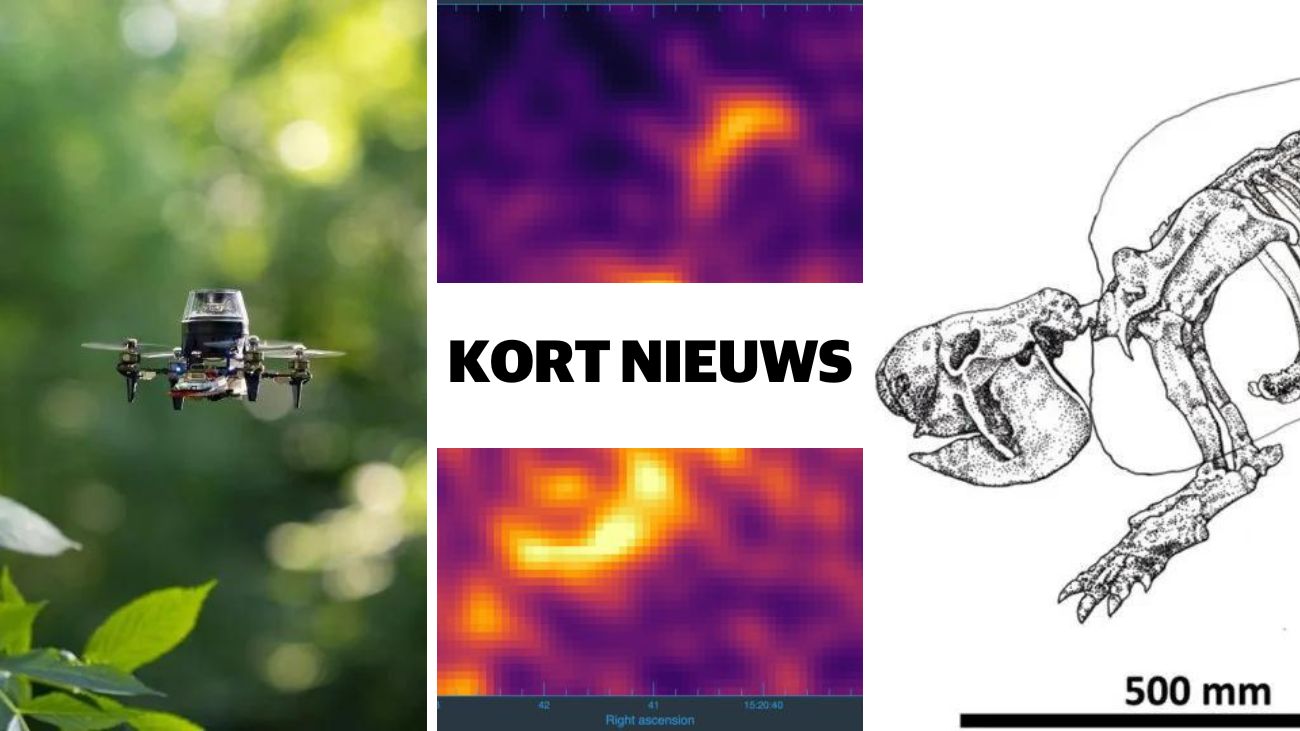There is a lot of scientific and technological news, more than KIJK can write. In this section, we therefore want to highlight interesting articles from other media.
Armored discovery
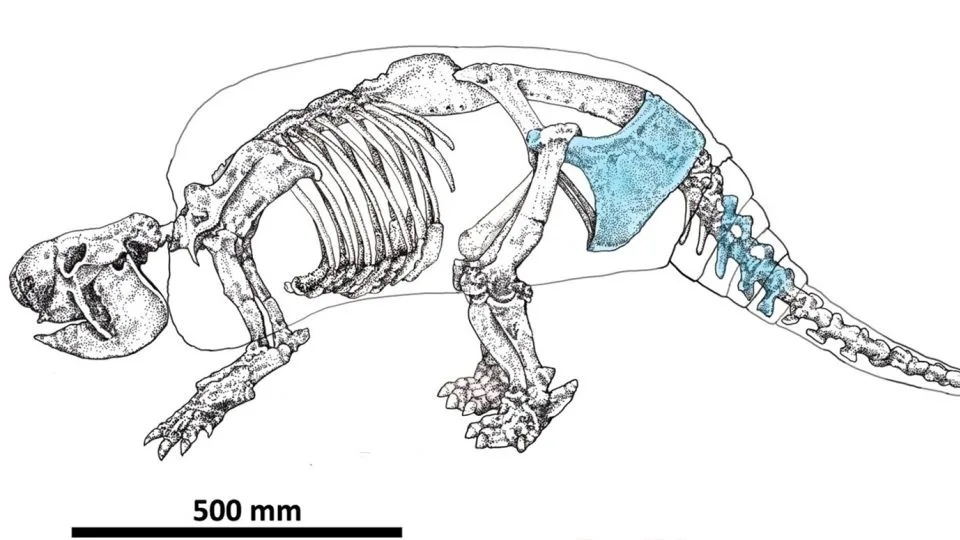
Scientists have found fossils of a giant armadillo species, Glyptodon, that provide evidence of early human presence in the Americas. Glyptodons were huge armored mammals that weighed up to 1,000 kilograms and lived during the Pleistocene (2.58 to 11.7 thousand years ago). The fossils were found in a cave in Brazil along with stone tools and cut marks. This suggests that early humans hunted these animals. This discovery supports the theory that humans were in the Americas thousands of years earlier than previously thought. The combination of fossils and human artifacts provides new insights into interactions between early humans and megafauna in prehistoric America.
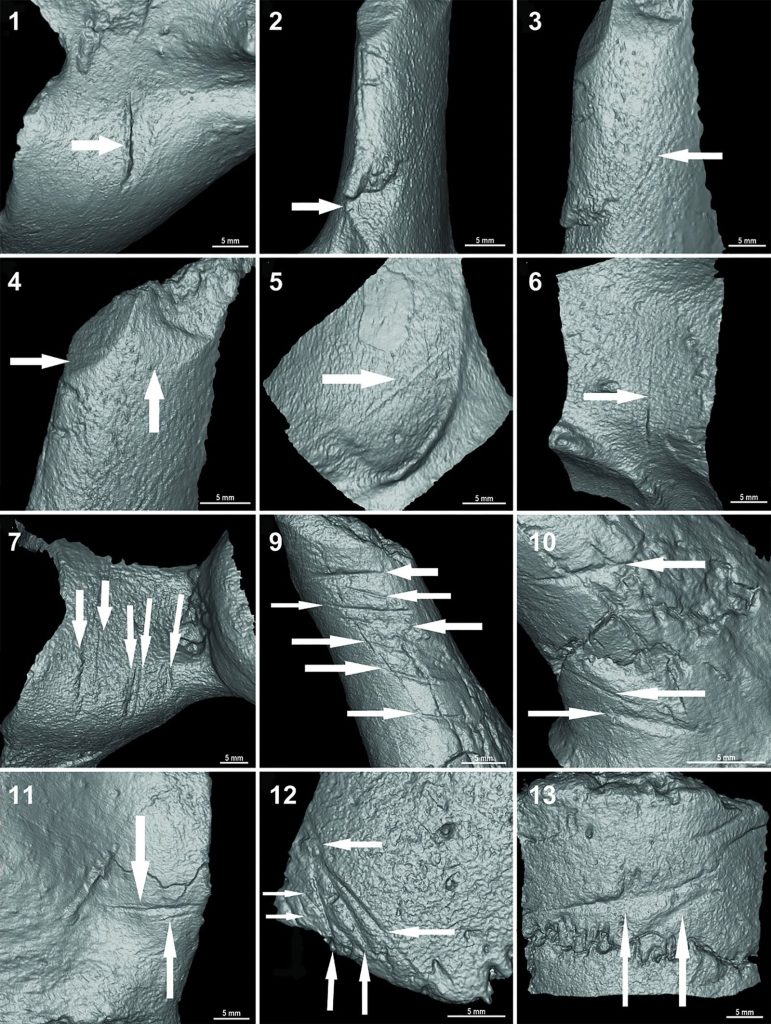

More information can be found at CNN.
Mega garden sprinkler
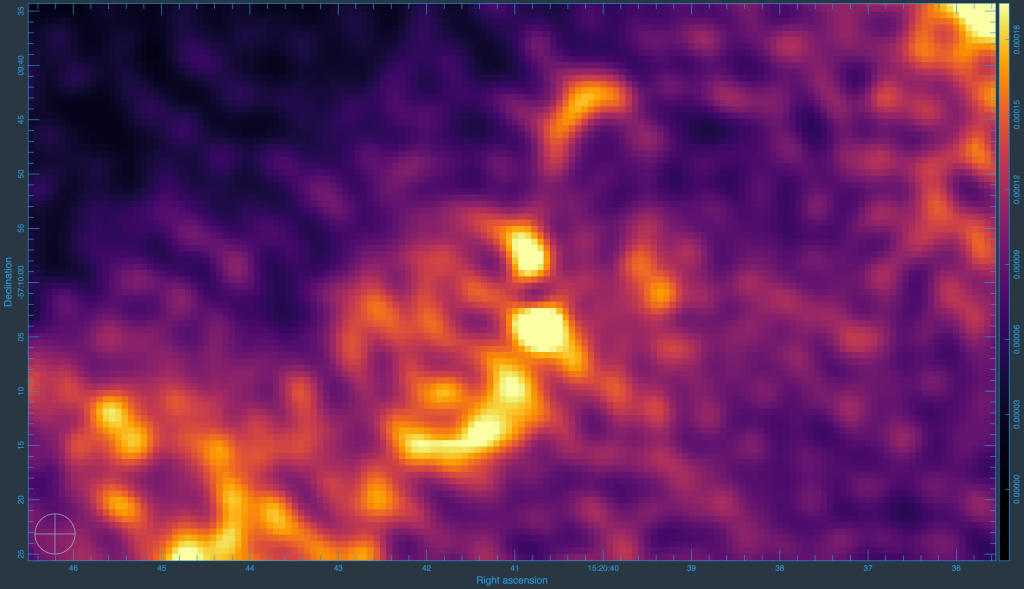

For the first time, astronomers have observed a jet (kind of like a garden sprinkler on a cosmic scale) shooting out of a neutron star. This S-shaped structure is created by the fluctuations of the hot disk of gas around the star, a process called precession. The discovery was made in the Circinus X-1 binary system, 30,000 light-years away from Earth. The Oxford University team used the MeerKAT radio telescope to take detailed images. This discovery helps to better understand the extreme physics behind neutron stars.
More information can be found at Royal Astronomical Society.
Drones think like ants
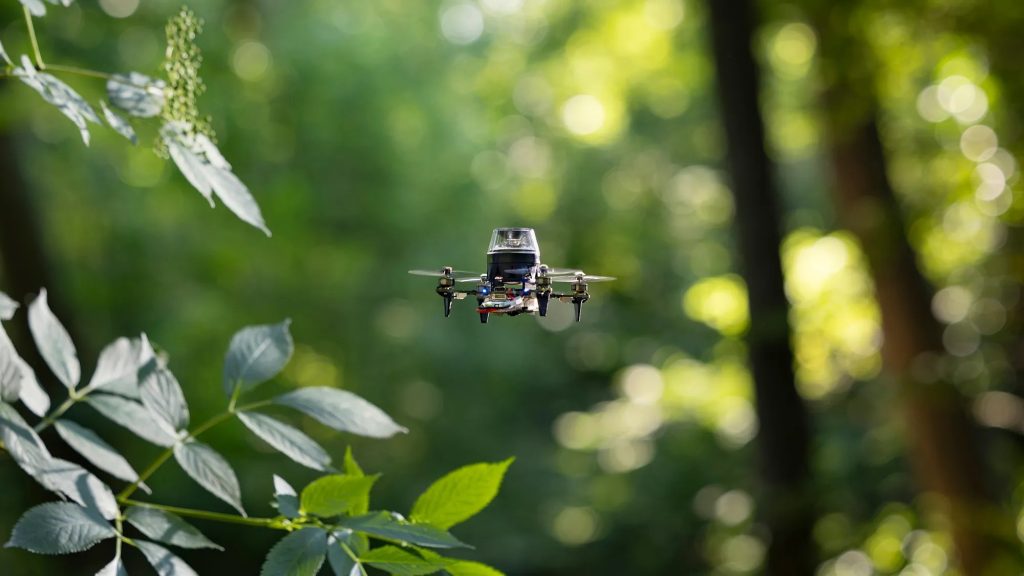

The problem with developing small drones is that you want to give them as many options as possible, but of course space is limited. TU Delft researchers have developed a ground-breaking method in which drones can be used… ants navigateby taking mental pictures of their surroundings. And this makes heavy sensors and computing power unnecessary. In tests, the drones successfully navigated a 100-meter course with only 0.65 KB of memory. This system could be particularly useful in urban areas or remote locations without GPS, and could find applications in agricultural monitoring, inventory management, and search and rescue operations. The results were published in Scientific robotics.
More information can be found at TU Delft.

